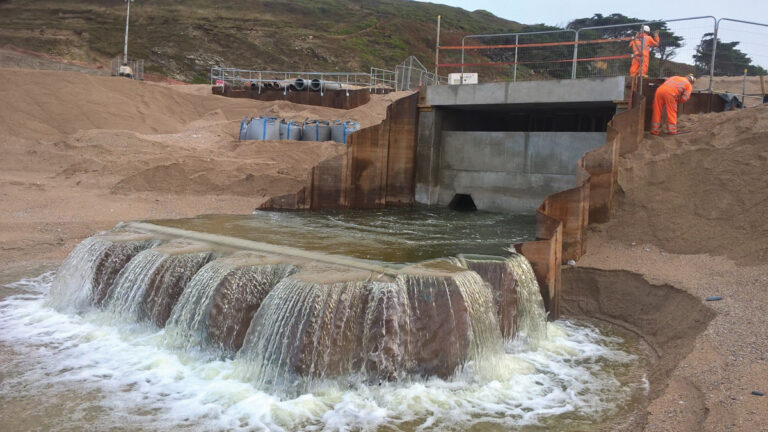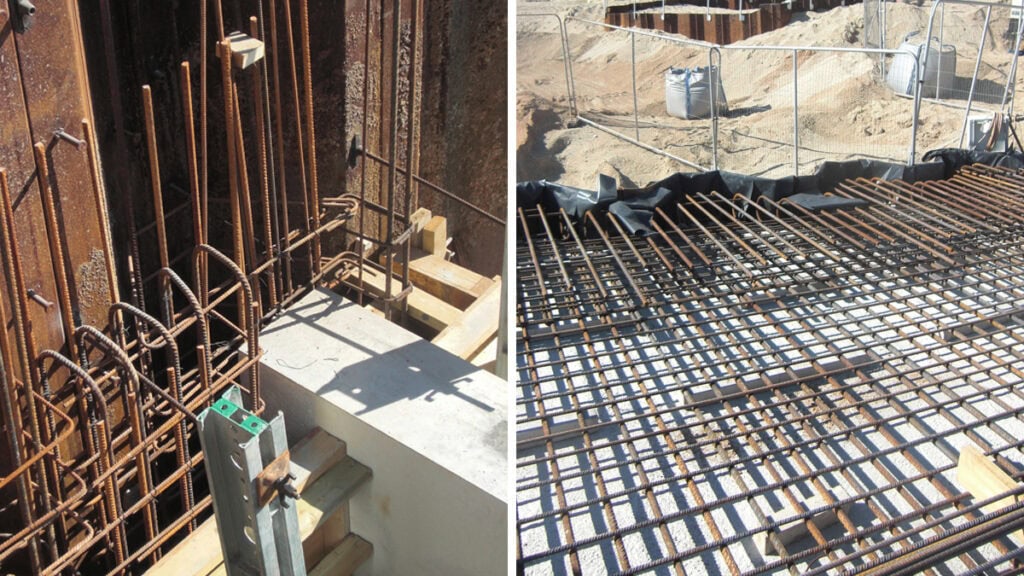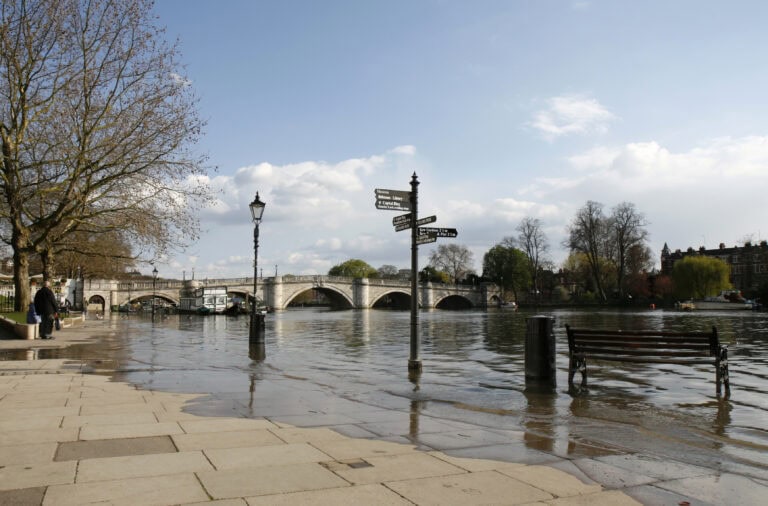Helston Flood Alleviation Scheme

Key Sustainability Objectives/ Outcomes
The project’s focus on sustainable solutions was key to its success, with design and construction considerations including:
- The use of lightweight and locally sourced concrete shuttering blocks and 5,000 tonnes of locally sourced soil waste materials being used to lower the project’s carbon footprint significantly through significantly reduced haulage requirements. It also resulted in a saving of 5,000 tonnes of primary materials, whilst supporting the local area’s economy, as 99% of the project’s materials (by weight) were sourced locally.
- Ensuring any existing trees remained in place wherever possible to protect the natural environment and local surroundings.
Notable Approaches And Solutions
This was a challenging project, with work starting on site only a month before the first national lockdown in February 2020. However, with additional safety protocols in place, work continued throughout 2020 – except for a four-week period in April when materials could not be sourced.
In addition, along with having to manage environmental restrictions for river working timescales, most of the floodwalls’ construction work had to take place within small private garden areas during lockdown, which meant that, to ensure residents’ safety and to maintain positive relations, great care had to be taken to minimise any disturbance to the lives of local residents.
Lessons Learnt
Amongst the challenges faced were the key issues of public acceptability and environmental sensitivity. The work was to be constructed in people’s back gardens and a lot of effort was placed in consultation with the local residents both before and during the works. Senior management visits from the Environment Agency and Kier, at Area and Director level, led to the following comments:
- “Your approach and clear commitment to applying robust Covid-19 protections keeping both the team and local community safe were exceptional.”
- “Engagement with the local community, and the clear warmth the local community and impacted residents have for Kier and the workforce was quite outstanding.”
- “By building great relationships, being polite and courteous, amending the programme to reducing disruption and nuisance, and by dealing with individual concerns so quickly, you have not had one single complaint! This is fantastic and you should all be very proud!”
The upstream end of the site was along a heavily wooded riverbank. The downstream end was within a Conservation Area and abutted a Grade II listed Building. The design was handled sensitively and it was agreed that the flood embankment footprint would be minimised and built on top of the tree roots to minimise tree loss. The walls were designed with a specially formed half-round coping to match walls in the local area and a half-round security fan was placed at the downstream end to prevent children walking along the top of the wall but designed in such a way as to replicate Historic railing in the area.





Related members
Related
Department for Transport – Floodwater Management Grant

A Framework for Measuring and Reporting of Climate-related Physical Risks to Built Assets

Climate risk analytics platform

Climate Risk Data Analytics

